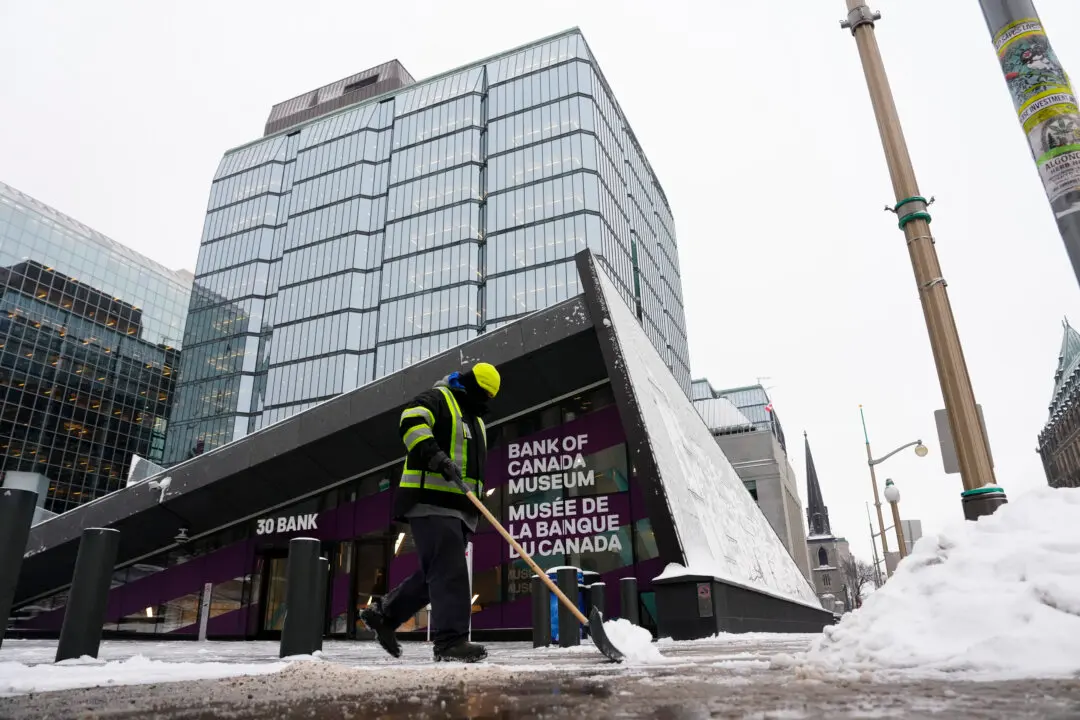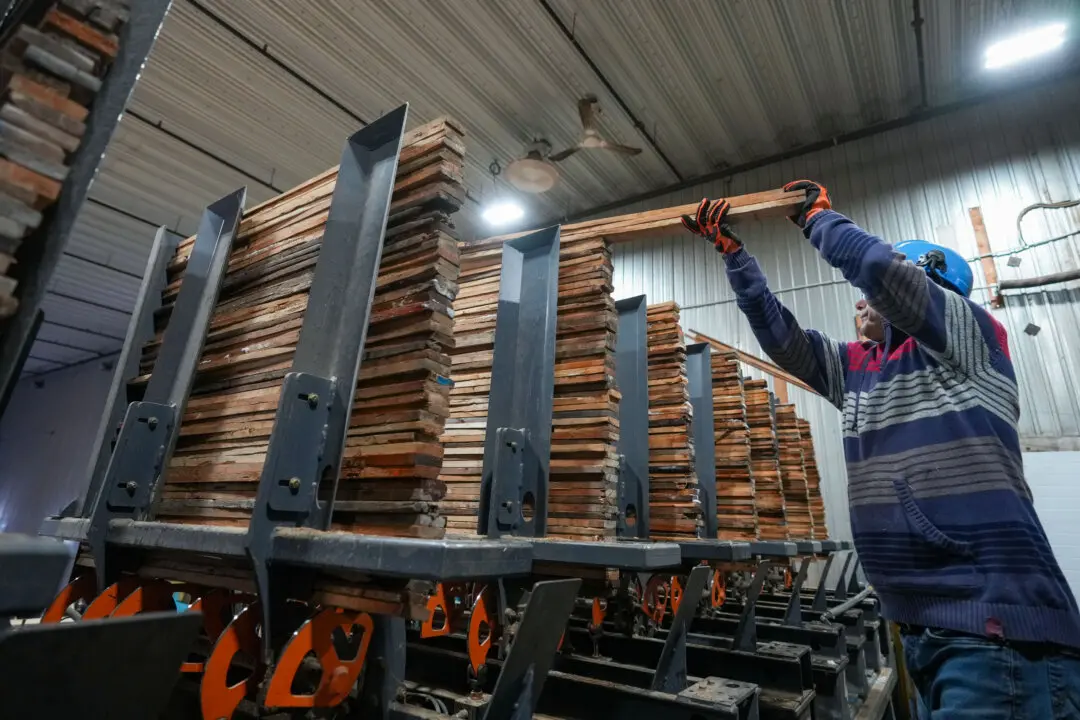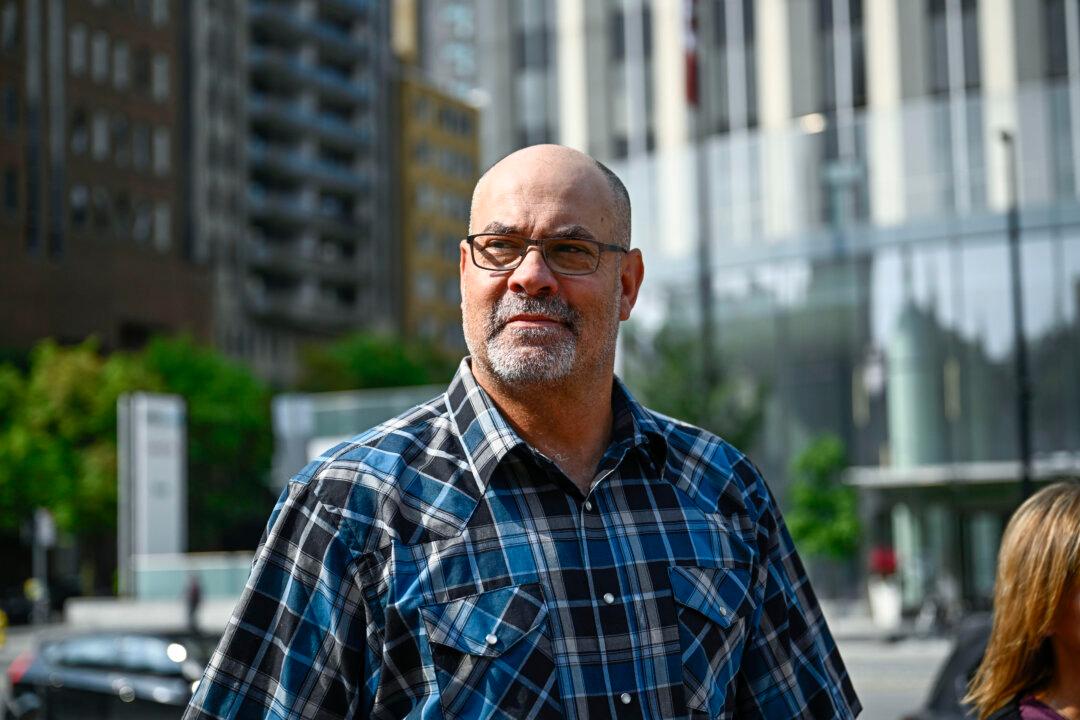Minister of Immigration, Refugees and Citizenship, Mark Miller is rejecting assertions that Canada’s immigration targets are “too ambitious,” after the auditor general criticized the department for permanent residency backlogs.
“Historic volumes” of immigrants coming to Canada coupled with the country’s “limited resources” have led to the issue, Mr. Miller said during a press conference on Oct. 19.





